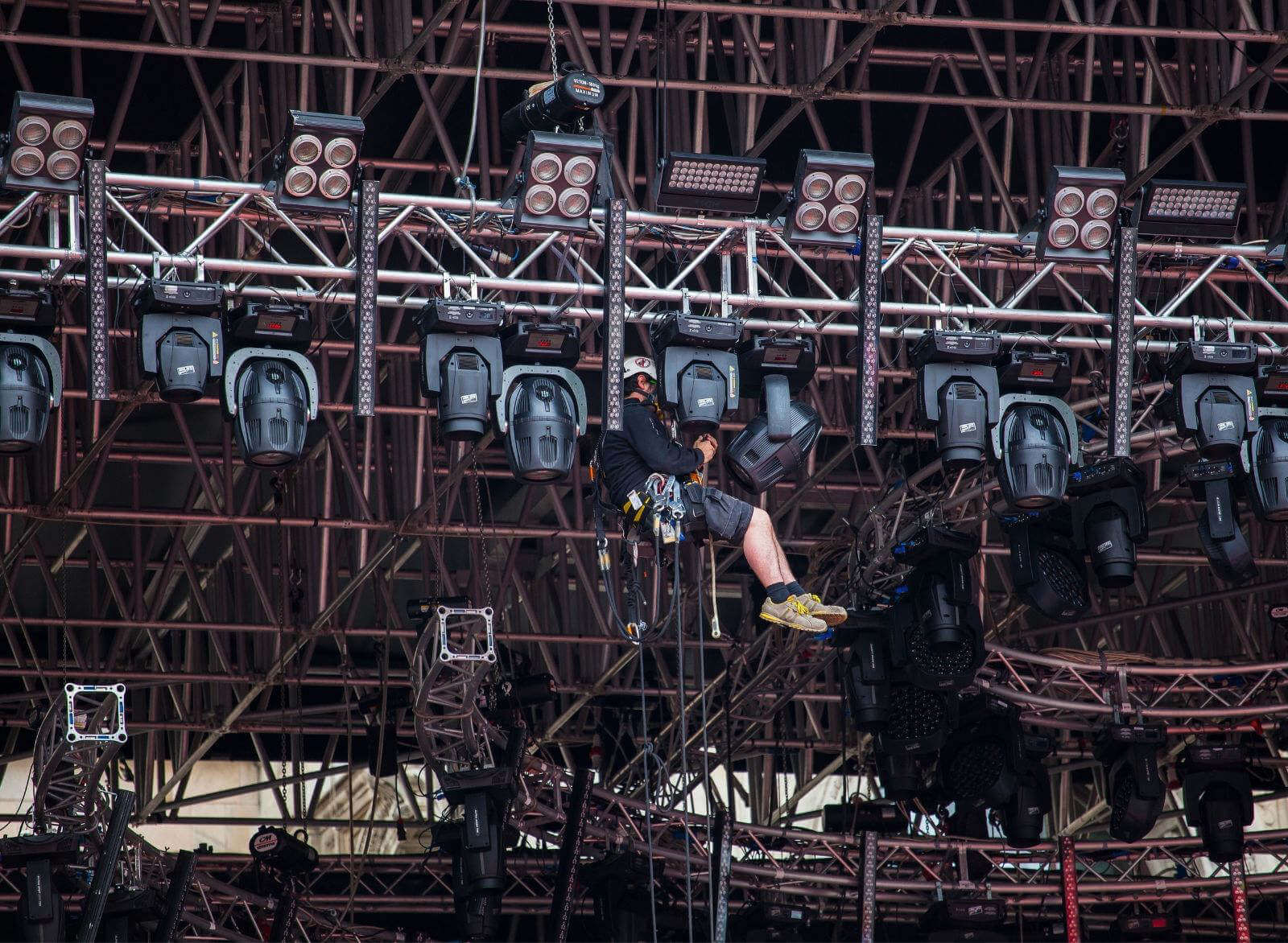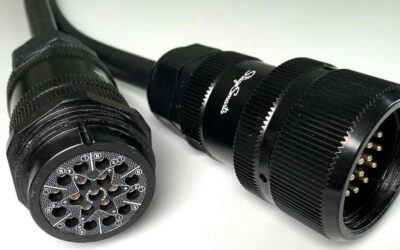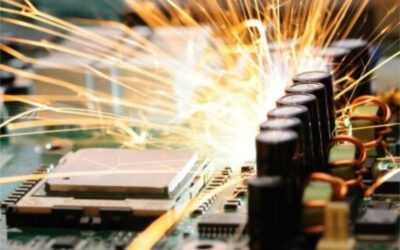NO SURPRISES CIRCUIT PROTECTION
From time to time, people ask us; ”your power distribution warns against pulling too much current, why would I need that? If I have an overload, the circuit breaker will eventually trip and let me know”. Yes, eventually. And usually at the most inconvenient time. Circuit breakers are not very precise and certainly won’t give you any prior warning. The much-used conventional thermal-magnetic circuit breaker has two separate elements that sense the current; a thermal one and a magnetic one.
The blue area in the chart represents the responsibility of the thermal trip, while the grey one indicates where the magnetic trip takes action. For the purpose of this discussion, B, C, or D type makes no difference since the thermal trip action is the same for all three.
A PRACTICAL EXAMPLE
Let’s look at a typical case of overload. Say that 10A circuit has been accidentally overloaded and that a current of 15A now passes through the circuit breaker. That’s 1.5 times the 10A nominal current. From the chart above we can see (note red lines) that the breaker may trip after 40 seconds but must trip no later than 400 seconds (6 minutes and 40 seconds).
That’s quite a span! By that time the show might be in full swing and the power lost might cause a real issue for the performance. Using Magnetic-Hydraulic circuit breakers (as we do at StageSmarts), there is still a delay but the breaker takes action much sooner. It may trip after 10 seconds but must trip at 100 seconds, so even worst case, that is five minutes sooner than the conventional thermal-magnetic breaker.
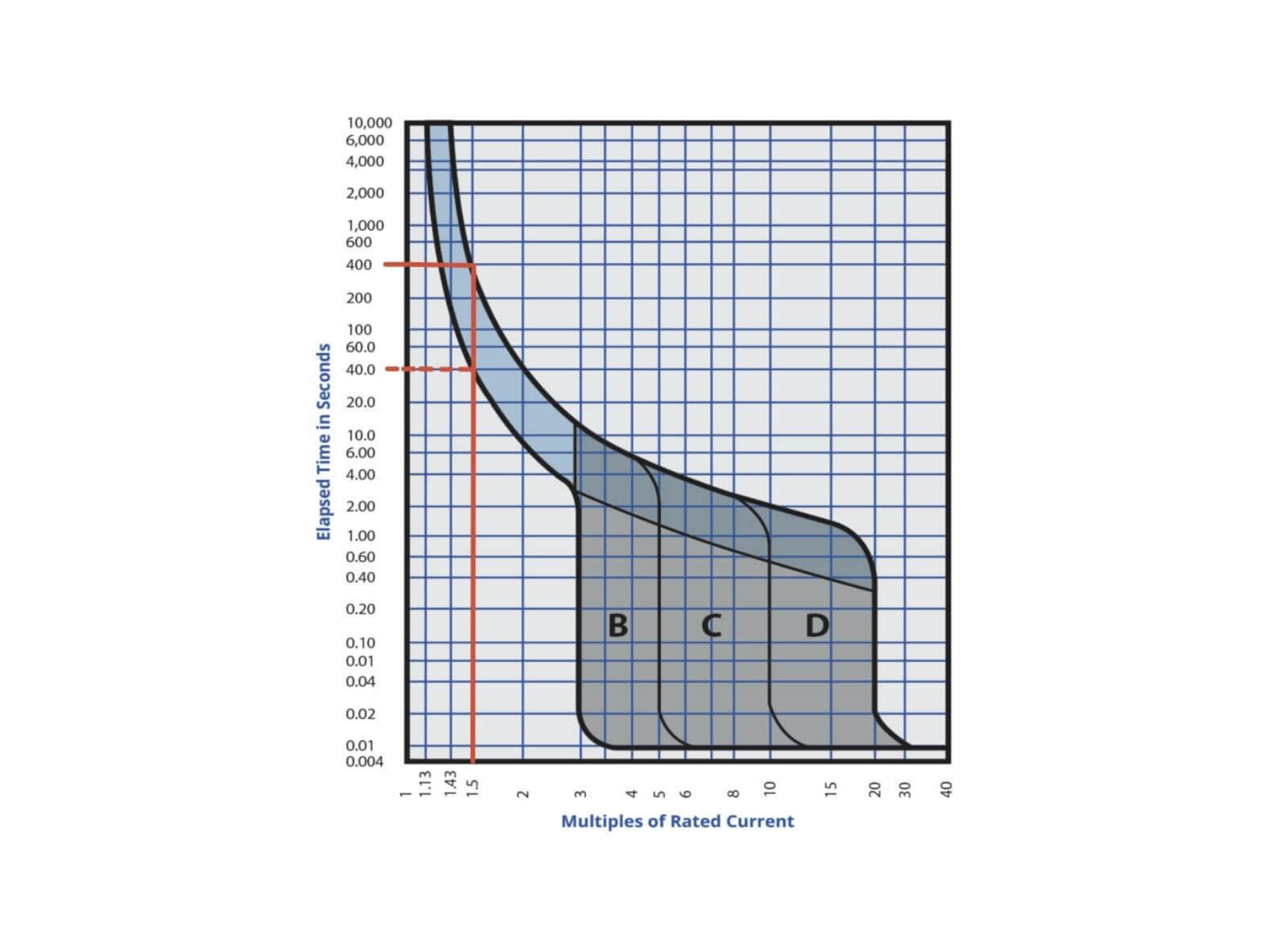
BEYOND THE CIRCUIT BREAKERS – REAL-TIME CIRCUIT MONITORING
But still, even with the best circuit breakers, you get no warning until the breaker trips. That is why we took the time and effort to develop ‘Load Sens‘ – a sophisticated load monitoring system that measures the current drawn in real-time when it happens, as it happens. It uses sophisticated DSP (digital signal processing) techniques to enable load sensing down to the lowest levels while also handing serious overcurrents. Now you can finally see exactly how much current is being drawn, you also get the intuitive colour-coded indication at a glance.
Green indicating “All OK” and red alerting you to an overload. Imagine, just a quick look at the power distribution giving you an instant status indication of your system. And as a bonus, everything power-related can also be remotely viewed using any device with a web browser.
This is one of the many reasons why we use Magnetic-Hydraulic breakers and why real-time load monitoring on every single main channel of our power distribution systems makes so much sense. It’s simply a better solution.
Knowledge in advance enables you to take action before an embarrassing power loss causes a potentially time-consuming disruption to the show or the broadcast. Don’t let your power distribution become a show stopper.
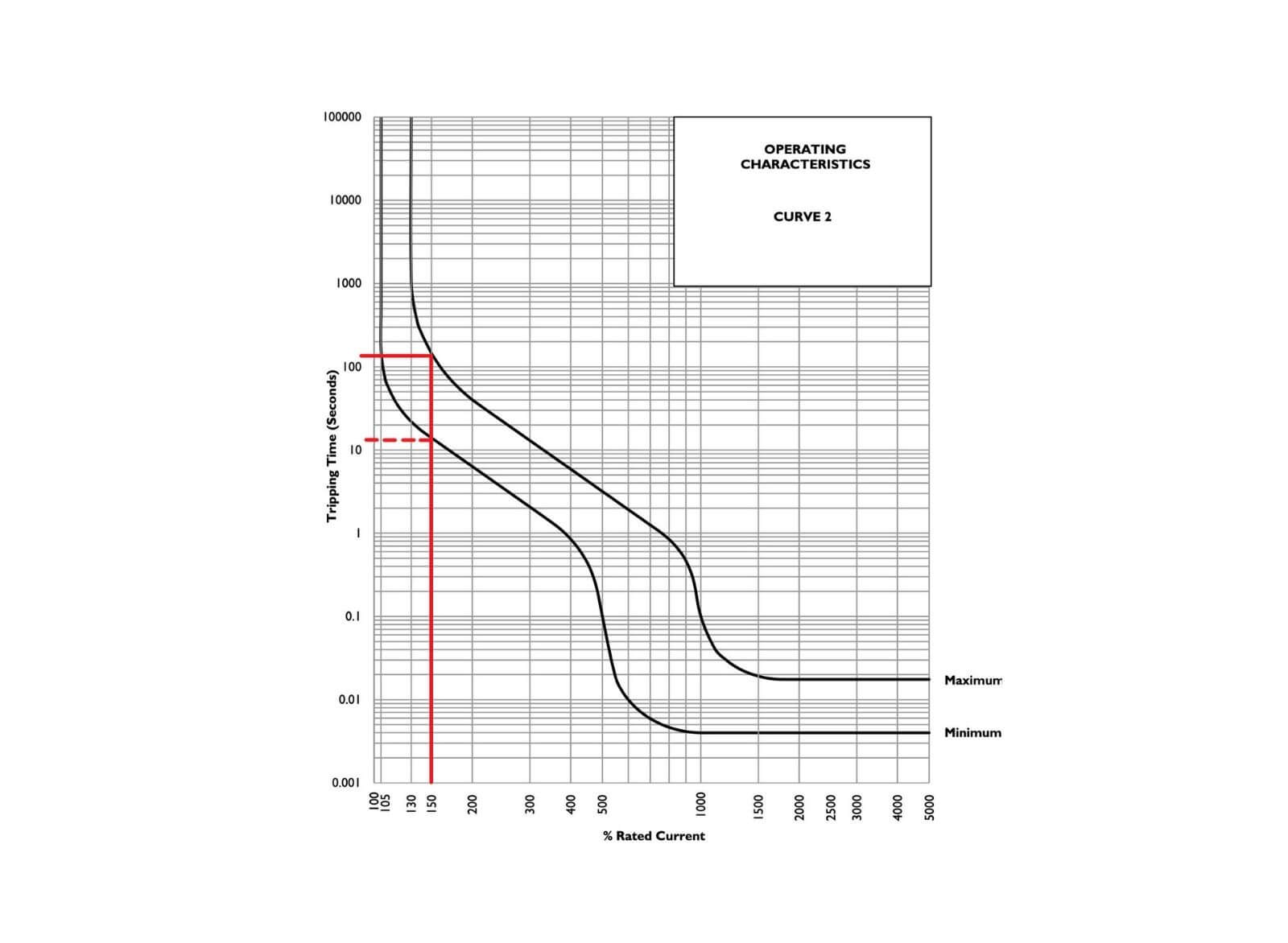
Written by Mats Karlsson, CEO of StageSmarts AB

